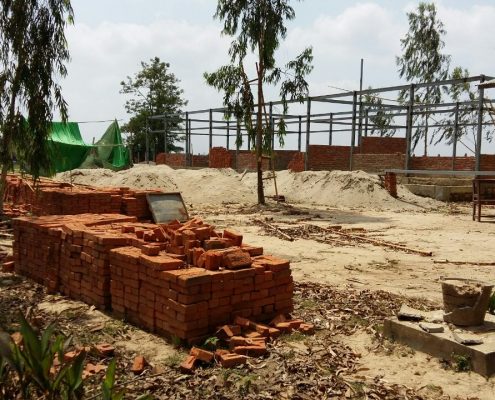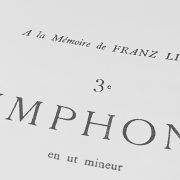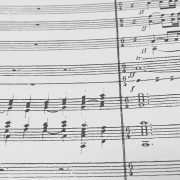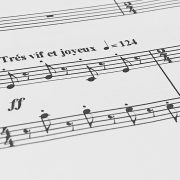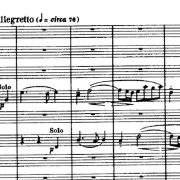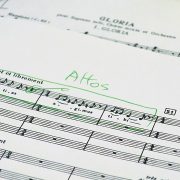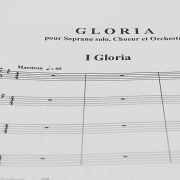At Su Hta Village and Thay Yar Yu Village we have recently opened two primary schools for the students. At Mayangone Village, however, things are a bit different. The village is larger and somewhat less remote than the other two and already have one of the open plan primary school building. The problem here was that there is no middle school for the students to go to once they’ve finished primary education.
Our effort here will therefore be to support the construction of a middle school for the kids to further their studies. In February 2017 our Vice-Chairman Kevin Cheng has joined Ms. Winnie Wong (our partner at the Hong Kong Christian Council) and their local engineer representative at the negotiations with government officials for the school. Approval for the school was granted earlier in the year and the meeting determined the funding and execution details of the project.
Construction of the Mayangone Village Middle School in Myanmar soon began. Progress photos below are from various visits by the local partners of the Hong Kong Christian Council. In the few months since February the foundation has been laid. The frame for the building has gone up and the walls are being built. The steel beams to support the roof has also arrived to be erected. If all goes well, the roof should be up before the rainy season.
This school is supported by proceeds from the Learners Orchestra and the Learners Chorus’ recent concert 10 May x 10 Years: A French Celebration and our next concert in September.

Negotation with government officials alongside the HKCC’s local partner – an experienced engineer who will help to monitor the progress of the project.

Ms. Winnie Wong of Hong Kong Christian Council making a speech after the negotiations concluded.

The execution details for the Mayangone Middle School are determined. A deal was made! Our engineer partner shakes hand with a local representative.

Construction began in March 2017. Ground works being carried out.

Construction began in March 2017. Ground works being carried out.
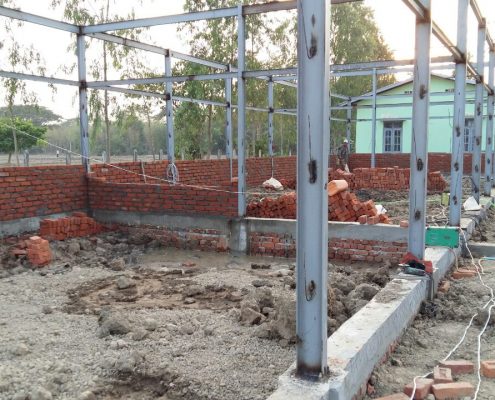
The frame and some walls were up by the end of April 2017.

The frame and some walls were up by the end of April 2017. Frames for the roof have arrived
